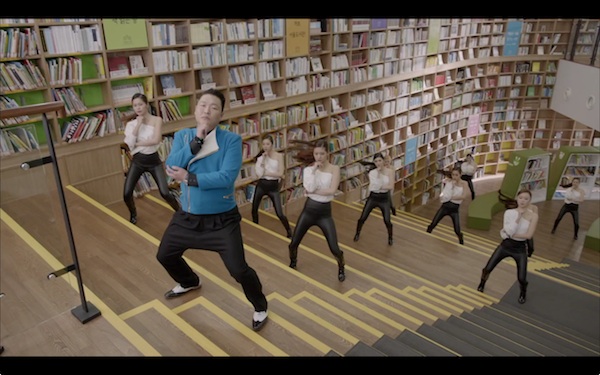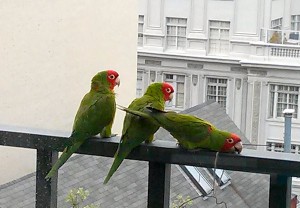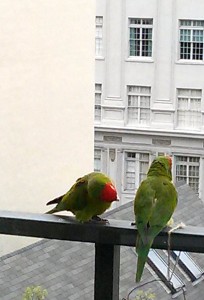How to defeat terrorism
Bruce Schneier’s essay on today’s bombings in Boston helped shake me out of the daze I found myself in since hearing the news this morning. I am far away from Boston, and knew nobody in the blast radius, but the ability to keep refreshing feeds to read more news, hear more rumors, see more pictures, made the tragedy feel immediate.
Acts of terror are extremely uncommon, but they manage to play on that immediacy to cause real, self-inflicted damage that ripples out to orders of magnitude more people. The cruel measure of “success” for an act of terror, then, isn’t how much harm is done in the explosion itself, but whether society’s reaction allows the terrible memories to fester and continue to disrupt our lives.
As Schneier notes, we can’t attain absolute security, and we can’t guarantee our safety from people who want to destroy it. But we can rein in the ratcheting of the security theater that follows, and demonstrate that terrorism is ineffective against people who refuse to be terrorized.
Expanding on that just a bit: one of the most pernicious effects of terrorism is to undermine the bonds of trust and good faith in society. So one way to fight that is to celebrate the first responders and other heroes to come out of today. Celebrating the stories of kindness from after the bombing, many of which are truly remarkable. As has been widely noted, in the footage of the explosion, you can see people running towards the smoke, looking to help whoever has been caught. Noting that selflessness helps avoid perpetuating a terrible and cynical impression of human nature. Cory Doctorow wrote recently about the dangers of that misguided belief:
This is the worst kind of lie: the lie that makes itself true. When enough people believe the libel against the human race, the vile calumny that ‘‘human nature’’ would have us all at each others’ throats were it not for coercive force, it becomes a truth.
Many people online shared a beautiful quote from Mr. Fred Rogers about dealing with scary news. It’s been clipped in a few places, but I think the whole thing is worth sharing.
“My mother would say to me, ‘Look for the helpers. You will always find people who are helping.’ To this day, especially in times of ‘disaster,’ I remember my mother’s words, and I am always comforted by realizing that there are still so many helpers—so many caring people in this world.”
Today as we look, even through tears, for the helpers, for the caring people in the world, we are not disappointed.
These are the things I think about, but just as important are the things I do. In the shockwave of today’s news, I made two decisions about concrete things I will do.
- Donate blood. I try to do so every 56 days, but it slips. When tragedy strikes, though, it’s a good reminder that you can do something that can literally save a life. Of course, my blood in San Francisco won’t do much for the people in Boston, but it’s a good thing to do for the world. (Incidentally, Red Cross doesn’t seem to have much of a presence in the city in terms of blood drives. I’m giving through Blood Centers of the Pacific.)
- Sign up for the San Francisco Marathon. It’s a show of solidarity, and a statement that fear of violence can’t stop us. I may end up doing the half marathon instead, but the important point is this: I will be lined up with the other runners come race day.
Today was a hard day, and of course it was infinitely harder for the hundreds and thousands of people whose lives were directly affected. Even on the hardest days, though, there is hope if you can find it. I was very touched to find that sentiment expressed beautifully in this letter from E. B. White:
It is quite obvious that the human race has made a queer mess of life on this planet. But as a people we probably harbor seeds of goodness that have lain for a long time waiting to sprout when the conditions are right. Man’s curiosity, his relentlessness, his inventiveness, his ingenuity have led him into deep trouble. We can only hope that these same traits will enable him to claw his way out.
Hang on to your hat. Hang on to your hope. And wind the clock, for tomorrow is another day.
Wind the clock, for tomorrow is another day.


